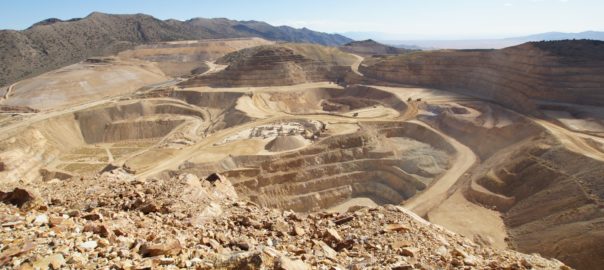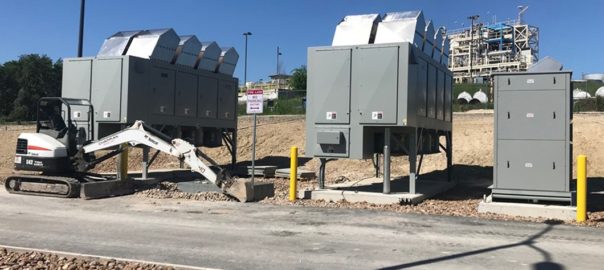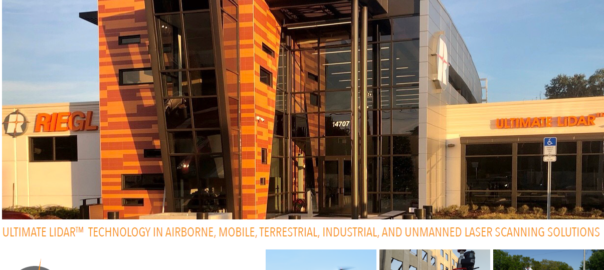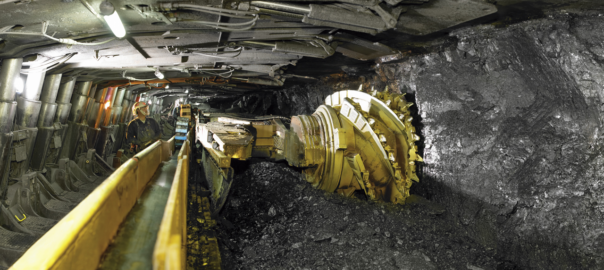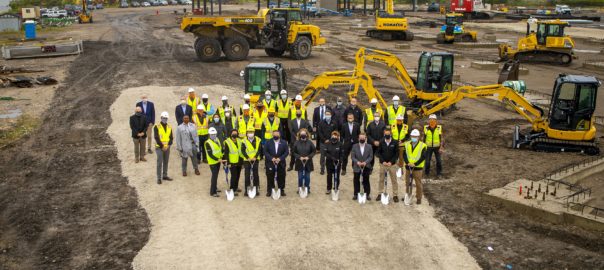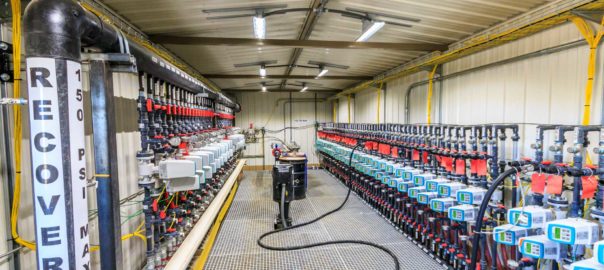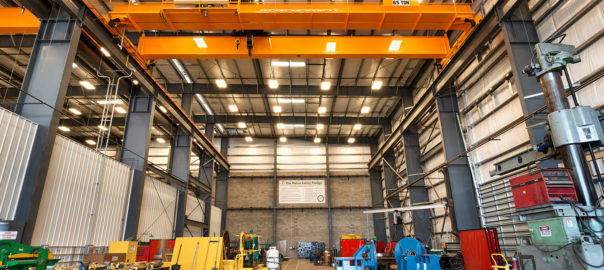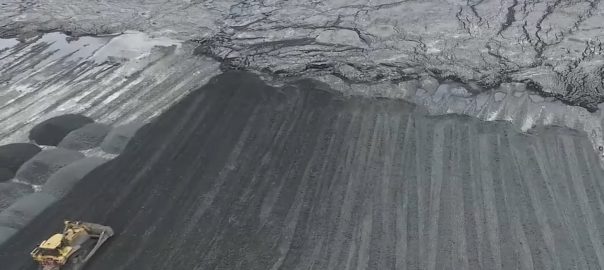SNC-Lavalin has been awarded a $30 million contract by Coeur Rochester Inc, a wholly-owned subsidiary of Coeur Mining, to provide construction management services for the Plan of Operations, Amendment Number 11 (POA 11) expansion project, at Coeur’s Rochester mine near Lovelock, Nevada, USA.
The contract commenced in the December quarter and is estimated to be completed by the end of 2022. This win is aligned with SNC-Lavalin’s new strategy moving forward in the Services segment, it said.
The POA 11 expansion project includes the construction of a new crushing plant, including a primary, secondary and tertiary crushing circuit (high pressure grinding rolls), a new heap leach pad (272 Mt), a new Merrill-Crowe process plant (62,509 litres/min), and upgrades to existing electrical utility system infrastructure, including a new substation and power distribution lines.
Coeur says this will more than double planned annual crusher throughput capacity from around 12.7 Mt to over 25.4 Mt, post-expansion. This will see average annual silver and gold production total over 8 Moz and some 80,000 oz, respectively, for the initial 10 years, post-expansion
SNC-Lavalin said: “This mandate is well aligned with our expertise in silver, gold and base metal project delivery as well as our commitment to delivering real value to our clients.”
SNC-Lavalin’s offices in Reno, Nevada, and Toronto, Ontario, will continue to support the construction management phase of the project. In addition, a team based locally at the site will manage construction-related activities.
César Inostroza, Senior Vice-President, Mining & Metallurgy, SNC-Lavalin, said: “SNC-Lavalin’s Mining & Metallurgy strategic plan is gaining traction with this mandate. It is an example of the mining services work that our team is winning across our core geographies, including the USA. SNC-Lavalin and Coeur continue to foster a strong relationship that finds and executes services solutions to create world-class operations
“This award is a testament to the continued partnership between SNC-Lavalin and Coeur. It leverages our knowledge of the Rochester mine and engineering expertise from the previous phase of this project and expands our work in the US.”
Terrence FD Smith, Coeur’s Senior Vice President and Chief Development Officer, added: “The strong business partnership between Coeur and SNC-Lavalin will help ensure a robust project delivery for Rochester, paving the way for improved performance in the future.”
Since approval of the initial Plan of Operation in 1986, the Rochester mine has undergone periodic mine plan amendments to support development projects and continued operations. The POA 11 proposes another mine life extension, which is expected to maintain the current workforce and support full production activities at Rochester until 2033.







